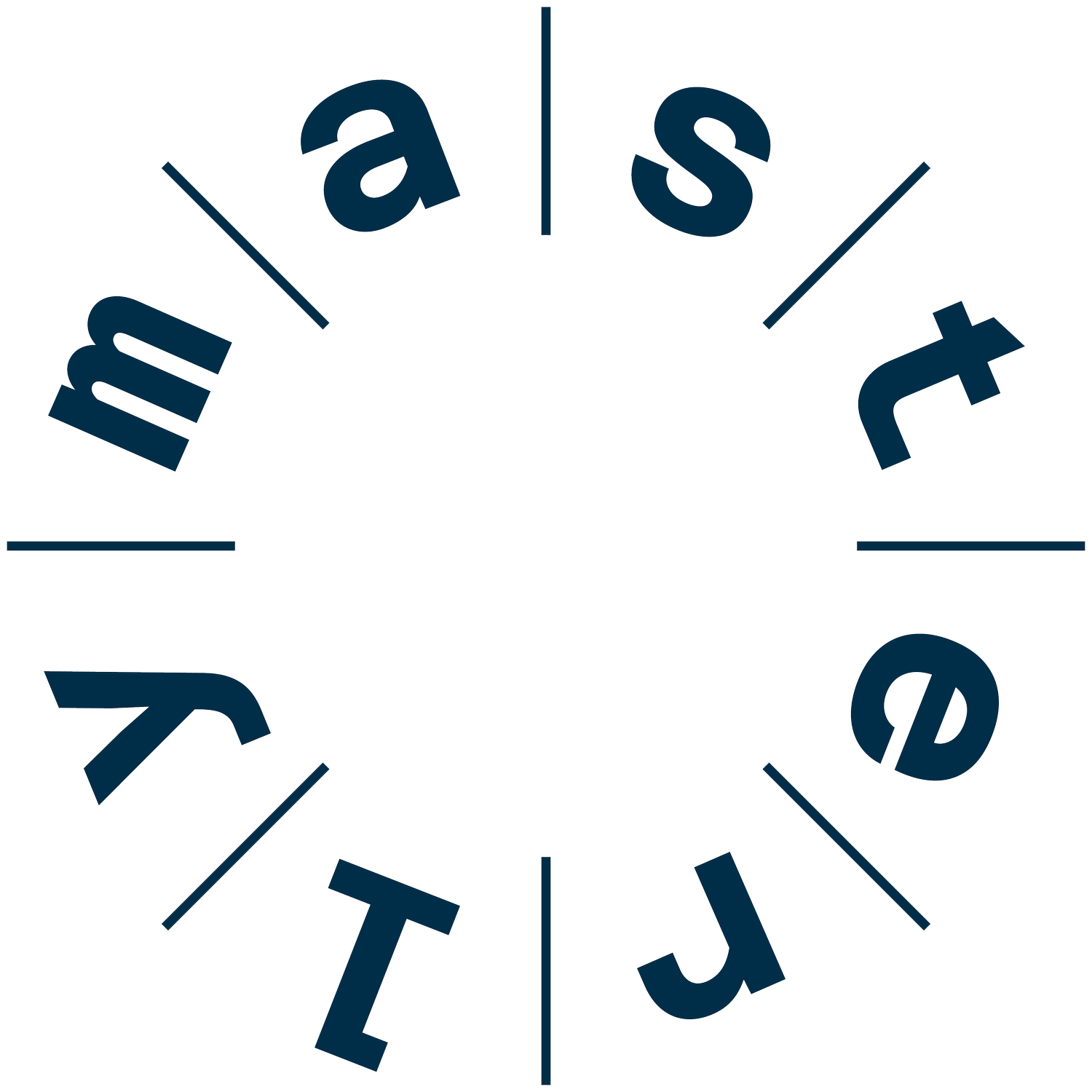The Cost of Bad Hiring and how to do it Right
“Have you suffered from the negative effects of a bad hire? Follow our tips to ensure success in your recruitment process.”
You’re under pressure, the vacancy in the sales team that has been open for several weeks has not yet been filled, you haven’t found a candidate that you’ve been 100% happy with and the team is starting to complain. How bad could it be to just get someone in, for now, to fill the position, keep the management happy, and get another salesperson out there in the field? Surely you could get them up to speed quickly, and surely having anybody there is better than nobody?
Think again! When you take into consideration recruitment, training, visa, and medical costs, the cost of a bad hire can be up to 50% of their annual salary, and considerably more if you have litigation, gratuity, or buy-out clauses to consider!
These are only the tangible costs, there will also be a range of intangible costs: the wider impact on the company, your employees, and its customers. Bad hiring can lower morale, as employees have to pick up the slack of a poor employee’s work, or they become frustrated and disappointed with management’s poor hiring decisions. This can lead to lower productivity, a feeling of negativity amongst employees, and further turnover. Customers that see employees ‘come and go’ are less likely to trust new employees and will ultimately lose trust in the company as an employer that fails to make intelligent hiring decisions.
Harvard Business Review estimates that 80% of staff turnover is caused by poor hiring.
So how do you avoid making bad hiring decisions and risking not only financial losses but affecting your company’s brand and performance?
Be Realistic – Understand the market and your requirements and give yourself sufficient time to fill the position based on these factors and communicate the expected timeline to manage the expectations of management.
Be Organised – Be sure you know what you’re looking for in terms of competencies and cultural fit. Have a clear process for all candidates in terms of screening, interview stages, and assessment stages. Know who will be meeting each candidate in advance and be sure to prepare those that will be interviewing so they can question appropriately against the role requirements.
Be Timely – While you don’t want to rush your hiring, once you have engaged a candidate it’s important to keep them well informed of the process - be communicative and responsive, and move through the stages of the interview process swiftly. Great candidates will likely be interviewing elsewhere, don’t hang around if you’ve found someone that might be ‘the one’!
Connect with your Hiring Managers – Whether you are using internal or external resources to assist with your hiring, it’s important that you have regular and honest communication with them, so that you can be sure that they understand the skills and values you are looking for in your candidates. Be sure to give very clear and transparent feedback on interviewees, not only does this show the employer’s professionalism to prospective employees, it allows the recruiter to gain further insights into your preferences and allows them to tailor their screening accordingly.
Interview – Use competency-based interview questions to allow the candidate the opportunity to demonstrate their knowledge and experience. Try and gain a true sense of who they are and how they approach different situations and what skills and characteristics they draw upon. Ensure that candidates are meeting with others outside of the HR department and that the interviewers have sufficient interview skills training, as a poor interview technique can not only get you the wrong person, but it can also deter potential employees and harm the company image.
Test Skills - Would you buy a car without taking it for a test drive? – of course not, and with your recruitment, you need to find practical ways to assess the skills that the candidate claims to have. Presentations, SWOT analysis, sales techniques, and role plays are all scenarios that give a more ‘real world’ view of how a candidate may behave when in the office. If you have more than one candidate a great way to compare them is through an Assessment Centre. These centers allow a comprehensive review of candidates so you can gain valuable insight into their skills and suitability for the role and organisation.
Use Psychometrics – More and more companies are turning to psychometric testing to gain further insights into a candidate’s personality, values, and behaviours. I recommend using these advanced tools for all hires, to help identify the best fit for your company.
Make a Decision – After utilising the information you’ve gained from the interview and assessment tools, you’re ready to offer. If you’re not 100% confident that you have the right person, keep looking!
FH Insights offers an Assessment Centre service tailored to any company size, industry, and role. In our one-day assessment centers, we engage the candidates in psychometrics, group exercises, case study analysis, role plays, and presentations. You get back detailed summary reports on each candidate to allow you to make the right hiring decision. Please contact us for further information.

